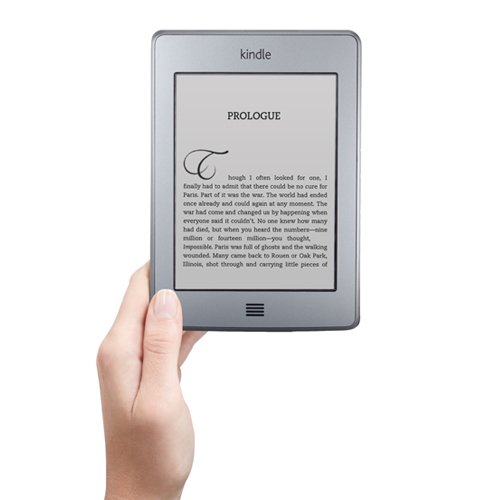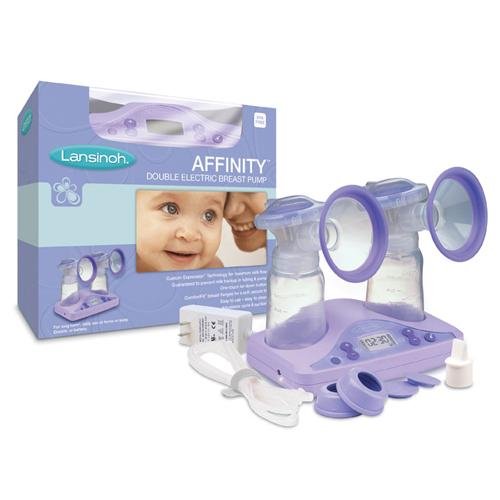Have you ever been at a restaurant, and your child wanted what your other child got? Your other child would not share, and all of a sudden your 2 year old started screaming? No matter what you tried he or she would not calm down. How about you were working on something important, and all of sudden your child began screaming? The kids fought over a toy, and one of them was screaming their head off. If you have ever felt this way, I am here to tell you that I have found the solution to your problem.
Being a mother of 3 children, I have felt this way many times, and always wished I could have a solution to make the child quiet in 30 seconds or less. That way everyone can move on, and I don't need to get stressed, nor do they need to be stressed, or crying.
My first question to all parents is why do children cry? There are many reasons a child cries. I will list briefly what some of those reasons are: hunger, fear, someone hurt them, they want something, or just trying to get attention. Have you ever been in a situation where you have a 2-7 year old and something happens, and they begin crying so loud? Crying uncontrollably? It's as if someone was trying to kidnap them, yet nothing has happened to them. To the child it feels as if their world is falling apart. Yet most parents feels that ignoring the problem is the solution, but it's not. I have stated what some doctor's have to say about that, after extensive research being done on children crying."
"One study showed infants who experienced persistent crying episodes were 10 times more likely to have ADHD as a child, along with poor school performance and antisocial behavior. The researchers concluded these findings may be due to the lack of responsive attitude of the parents toward their babies." (Wolke, D, et al, Persistent Infant Crying and Hyperactivity Problems in Middle Childhood, Pediatrics, 2002; 109:1054-1060.)
"Dr. Brazy at Duke University and Ludington-Hoe and colleagues at Case Western University showed in 2 separate studies how prolonged crying in infants causes increased blood pressure in the brain, elevates stress hormones, obstructs blood from draining out of the brain, and decreases oxygenation to the brain. They concluded that caregivers should answer cries swiftly, consistently, and comprehensively." (J pediatrics 1988 Brazy, J E. Mar 112 (3): 457-61. Duke University. Ludington-Hoe SM, Case Western U, Neonatal Network 2002 Mar; 21(2): 29-36)
Due to all of these factors and many more, I decided to find a solution to the problem that many parents face.
What is the new technique? Well, reading many books in this field, studying child psychology, and going to many seminars still sometimes doesn't equip you for what real life throws at you. At amazement one day, I told myself I had to figure out how to quiet these kids quickly, and effectively. For I am a stay at home who home schools, and works from home. I couldn't have them crying all day, if I was teaching the other ones, or if I started cleaning. Yet, I don't have the time to sit with each one for 10-15 minutes at a time. That alone took most of my time. That's when I tested and tried my new strategy. I thought if it worked for me, than it could work on anyone. Are you ready?
Basically, anytime a child begins to cry for whatever reason it is:
1. You take a deep breath and then bring them close to you, and then go through these exercises with them.
2. You show them how to take a deep breath. As they take one, take another one, and then another one. I usually take 4-5 deep breaths with them, and then I say ok, now we will do it this way.
3. I start to blow out faster and faster and laugh while I am doing it. They love this part the most. They blow out and smile and laugh with me. It changes their whole mood, and they no longer are crying.
4. Once they have calmed down, then I sit them on my lap and ask them what happened. By this time, their smiling and they have to use a normal tone, not a whining tone to tell me what happened.
5. After they tell me, then I help them figure out what went wrong, and what not to do again, to get that type of reaction. They agree, and it's finally over. I break the pattern they are in, with a whole new pattern, which helps them calm themselves down.
I have used this technique not only on my children, but also my neighbor's children, nieces and nephews. Their ages ranged from 2-7 years old. It has worked every time for me. It just takes some patience, time and practice. You will see eventually the kids will be doing these techniques to other kids they see behaving the way they did. My son and daughter sometimes teach me these techniques if I am sad and crying. It really works for adults as well as children. You just need 30 seconds to implement it, and then they're on their way.
Once you can get your child to learn these new habits, you then teach them that crying and whining doesn't really help them get what they want. If they want something, they need to ask for it kindly, and if it is something the parent thinks the child needs they will get it, if it is not, then they need to understand the parent knows best. The more the parent is able to explain to the child, the better the child understands. Sometimes it takes 10 - 20 times of repetition, but eventually it does soak in. It is also at this time, that I speak to the other child about how they treated this one. If there is two or three of them, then once this child is relaxed, I go over and tell the other ones, what they did was wrong, and that' not how we should treat this situation. I then give them an example of how I would treat this situation. That way they are aware that there is many ways to deal with a situation. I want the kids to put that in their memory banks of their brains, and use it when this situation or another similar one arises.
A few more quotes on why crying is not the right thing for a child to carry on
• "Leaving a baby to cry evokes physiological responses that increase stress hormones. Crying infants experience an increase in heart rate, body temperature and blood pressure. These reactions are likely to result in overheating and, along with vomiting due to extreme distress, could pose a potential risk of SIDS in vulnerable infants. There may also be longer-term emotional effects. There is compelling evidence that increased levels of stress hormones may cause permanent changes in the stress responses of the infant's developing brain. These changes then affect memory, attention, and emotion, and can trigger an elevated response to stress throughout life, including a predisposition to later anxiety and depressive disorders." Pinky McKay
Pinky McKay is the mother of five, an International Board Certified Lactation Consultant (IBCLC) and a Certified Infant Massage Instructor.
• English psychotherapist, Sue Gerhardt, author of Why Love Matters: How Affection Shapes a Baby's Brain, " explains that when a baby is upset, the hypothalamus produces cortisol. In normal amounts cortisol is fine, but if a baby is exposed for too long or too often to stressful situations (such as being left to cry) its brain becomes flooded with cortisol and it will then either over- or under-produce cortisol whenever the child is exposed to stress. Too much cortisol is linked to depression and fearfulness; too little to emotional detachment and aggression."
At this time I would like to go into a summary of how all of this works:
• First, take a deep breath your self.
• Next, bring the crying child over and teach them how to take deep breaths, tell them to follow you. Take about 4-5 Deep Breaths.
• Third, have them blow out back to back for another 10 seconds. By this time, the kid should be laughing out loud with you.
• Fourth, now you have broken their pattern of crying into being happy.
• Ask what happened, and help them understand.
This is vital to break the pattern. Once the pattern is broken with something better taking its place then it won't be long when, you'll notice they cry less and less. As they age they will realize that crying should be left for something really painful and not every two minutes. As parents and educators we need to teach them to learn there are different styles and ways to do things. We need them to be able to help them calm themselves down, and them to formulate that habit as they grow up. To be confident, and handle any situation that comes at them with a different approach. This approach will lower their stress and build their confidence. The less they cry, and the more they are loved, the more stability these kids will have with their own emotions.










